Affiliate links on Android Authority may earn us a commission. Learn more.
How to recover your Android phone
The term “loved ones” refers to different things to different people. To some, it includes family and close friends. To others, it includes lovers, boyfriends, and girlfriends. And, to many others, it can even include favorite gadgets, such as their Android phones. Regardless of the term’s scope, no one ever wants to lose a loved one.
But, accidents happen. We lose some, we win some. The loss of a beloved Android phone — either through negligence or through theft — can not only be a sad moment but also a dangerous moment, especially if you keep a lot of sensitive, personal information on your phone. So many questions can run through your head: Where is it? Did someone find it? Is it going to be returned? Has the finder accessed my files yet? What will the finder do with the data on my phone?
In this guide, learn tips on how to recover your Android phone. But, more than that, learn how to safeguard your phone, set it up for easy recovery when it gets lost, and prevent your data from falling into the wrong hands.
(For a visual guide, you can watch the accompanying video guide near the end of this post.)
Basic phone security
Far be it from you to ever lose your phone. But, when accidents happen, you’d want to be prepared. If an ounce of prevention is worth a pound of cure, then securing your phone using its inbuilt security features will be a good first line of defense against data theft. This way, you can sleep peacefully at night knowing that even if you couldn’t recover your Android phone, the person who found it won’t be able to recover your data either.
Basic security on Android phones include using a security PIN for your SIM card, a lock screen code for your phone, displaying phone owner info, and phone/data encryption. These serve as first-level security against prying eyes and people who may have intentions of snooping into your phone. These also help ensure that nobody will be able to use your phone and your contacts without your permission.
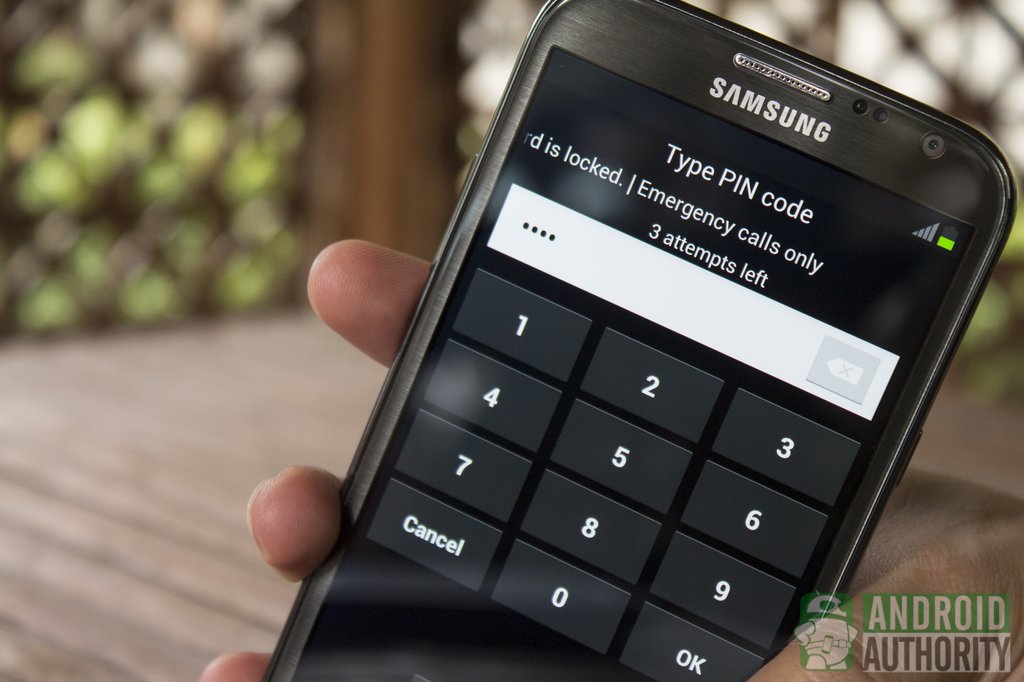
SIM lock protection
Activating your SIM’s protective PIN will protect messages and contacts stored in the SIM. When your SIM is protected with a PIN, your phone will ask you to enter the SIM PIN after you power on your phone.
To protect your SIM card with a PIN, go to Settings > Security > SIM Card Lock > Set Up SIM Card Lock. Tick the checkbox for the “Lock SIM Card” option. You’ll be asked for the default SIM PIN, which should have been provided to you by your network operator. Do not input the wrong PIN more than thrice, or else you could lock yourself out of your SIM and will need to input the PUK code. Once you’ve successfully activated the SIM card lock feature, you can also change the default SIM PIN.
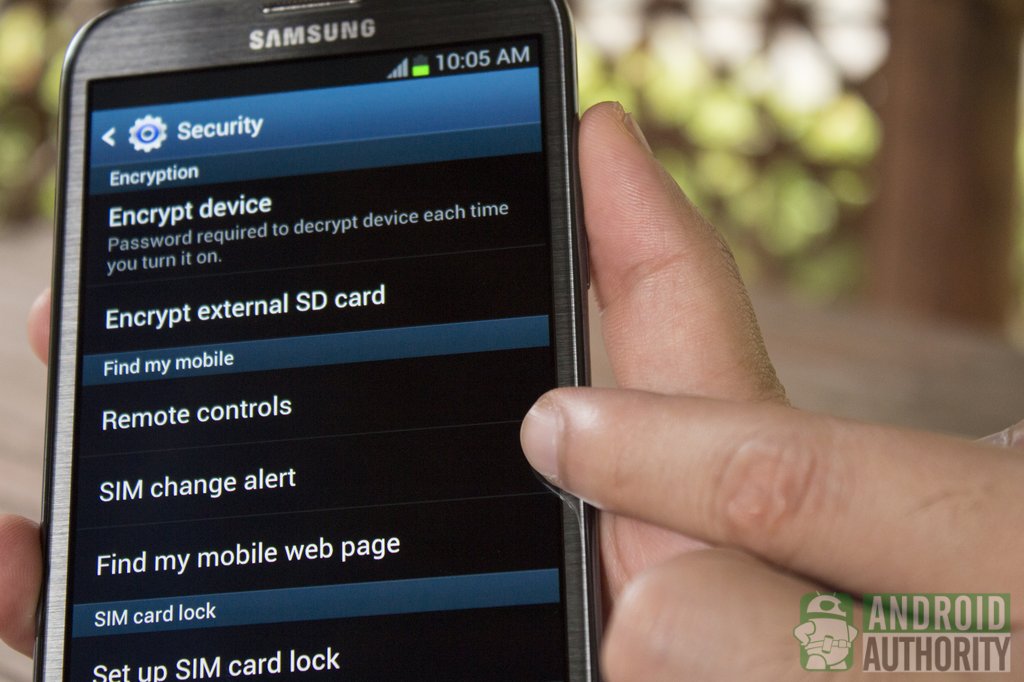
For extra protection, certain Samsung phones provide a mechanism for alerting you whenever the SIM card is removed or changed on your phone. Most Samsung handsets include this feature, which requires a Samsung account. This feature is included in Samsung’s Find My Mobile. When the feature is enabled, the phone will send a message to the number that you set, notifying that the SIM card on your phone has been removed or changed.
For users of non-Samsung phones phones that don’t have this feature, you can resort to apps such as SIM Card Change Notifier or SIM Tracker. These apps can be downloaded for free from the Google Play Store.
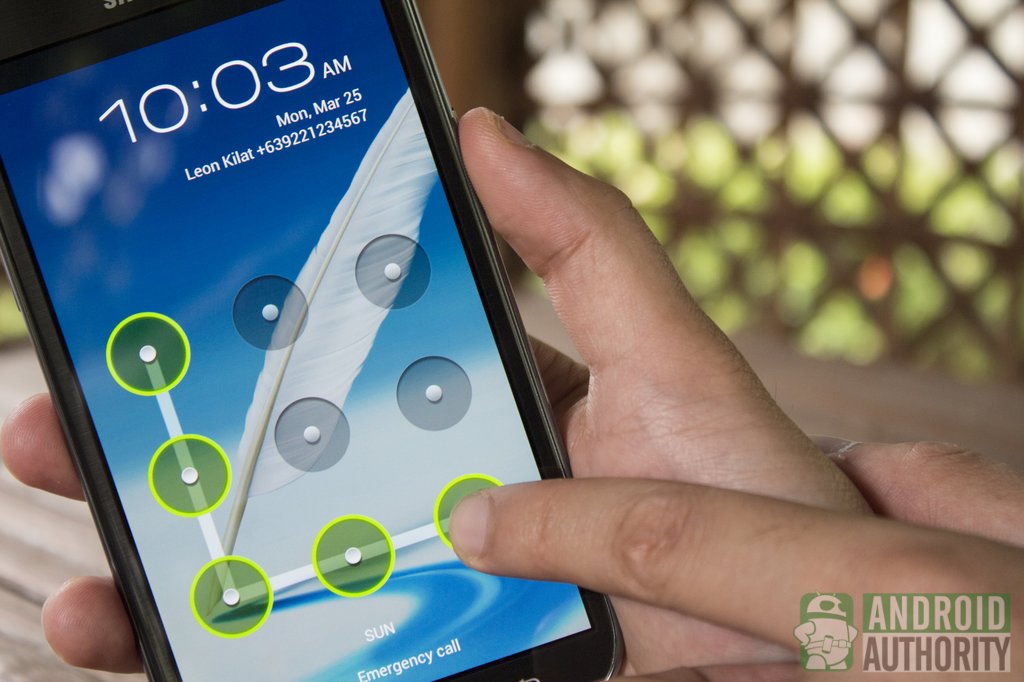
Phone screen lock
Enabling stricter lock screen security helps ensure that no one can unlock your phone without authorization. Android provides several levels of lock screen security, the least secure of which is “Pattern Lock”, and the most secure of which is “Password Lock”.
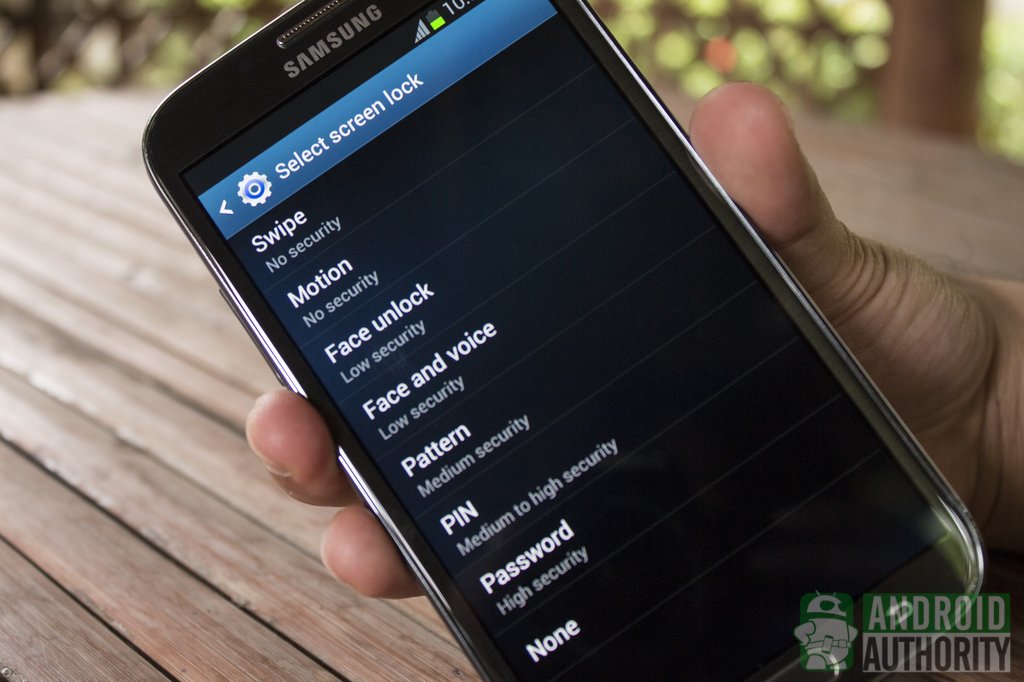
To set up screen lock, go to Settings > Security > Screen Lock. The path/location may be different on other custom OEM skins such as TouchWiz. Among the options for screen lock methods, you can choose from one of the following:
- None
- Slide
- Face Unlock
- Pattern
- PIN
- Password
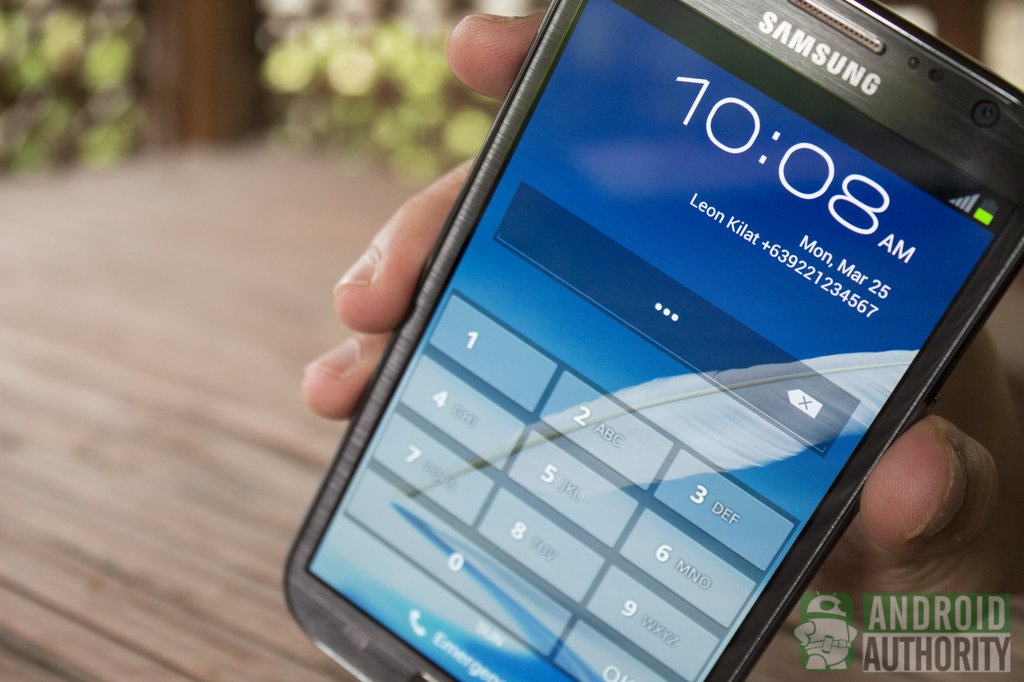
Displaying owner info on lockscreen
On most phones running Android 4.0 or higher, you can also display owner info on the lock screen. Some people opt out of this feature, citing privacy reasons, but I find it a very useful feature. For example, if I’ve protected my phone with a password, the good-natured person who finds my lost phone will not be able to unlock my phone and will have a hard time knowing whom to return the phone to — unless I opt to display my contact info on the lockscreen.
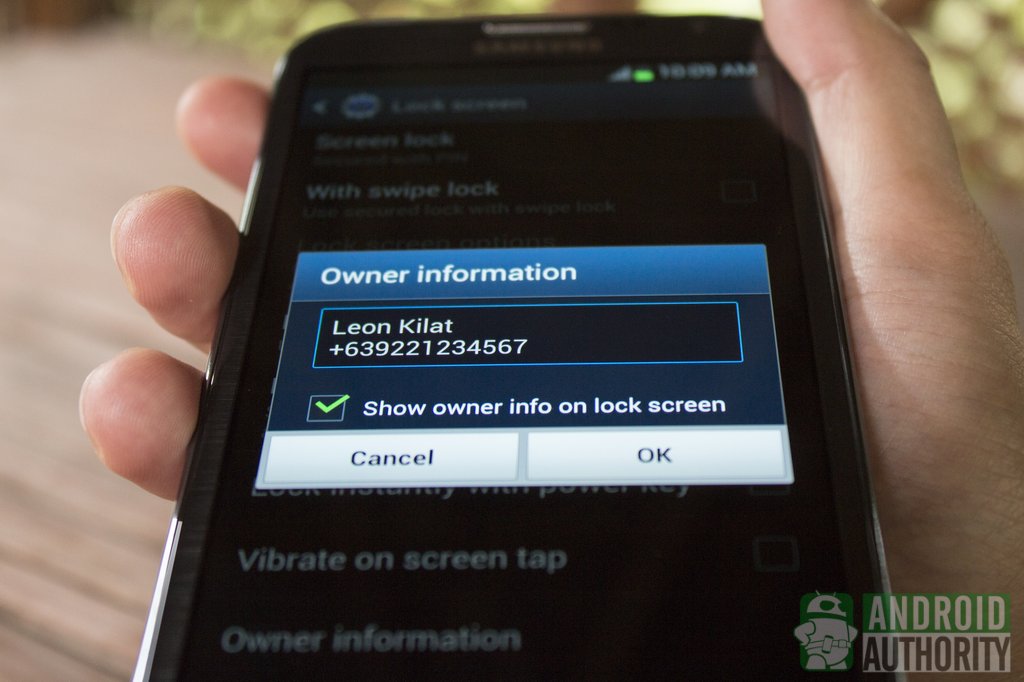
To set owner info to be shown on the lockscreen, you’ll usually find the option in Settings > Security > Owner Info. Whatever text you enter into the text box will be displayed on the lockscreen. Just make sure you set it to show on the lockscreen.
Remember to provide essential contact info: owner’s name, address, contact number(s), email address, etc. This way, if ever a Good Samaritan picks up your lost phone and decides to return it, she or he will know whom to return it to and how to contact you.
I suggest that you also consider attaching an owner information sticker to the underside of your phone’s backplate or on the battery or in the battery compartment. This way, the phone’s finder will still find contact information in case your lost device runs out of power.
Encrypting phone data
Apart from setting up basic security settings (e.g., SIM lock, lock screen, owner info), you can fortify phone security further by using encryption. Through this feature, you can encrypt your phone’s internal storage and/or external storage (depending on phone and custom OEM software).
If you opt to encrypt your phone, you will have to set a decryption password and enter it each time you power on your device. The encryption process is irreversible. To remove encryption, you will need to factory reset your phone — which means saying goodbye to all your phone data.
Android device manufacturers have different ways of implementing the encryption feature. On most Android phones (including the Nexuses), you’ll find it in Settings > Security > Encrypt Phone.
On Samsung phones, you’ll find it in Settings > Security > Encrypt Device and in Settings > Security > Encrypt External SD Card.
On most new HTC phones, you’ll find it in Settings > Storage > Storage Encryption and in Settings > Storage > Storage Card Encryption.
If you specified a password or PIN unlock code for your lockscreen, the same password or PIN will be used to decrypt your phone. If you use other screen lock methods besides PIN or password, you will need to nominate a password or PIN for decryption purposes.
Backing up data
Another big portion of the “ounce of prevention” part is that of backing up your phone data. No one knows the day or hour when one will lose her or his phone, so backup your phone data right now. By backing up your data, you will always have reserve copies of your data if you ever lose your phone.
There actually are numerous ways to backup your phone data. You can go with local backups (i.e., phone to computer) or cloud-based services (i.e., phone to remote servers). For more info, see our articles on how to backup your Android phone to the cloud and how to make local backups of your Android phone data for more help.
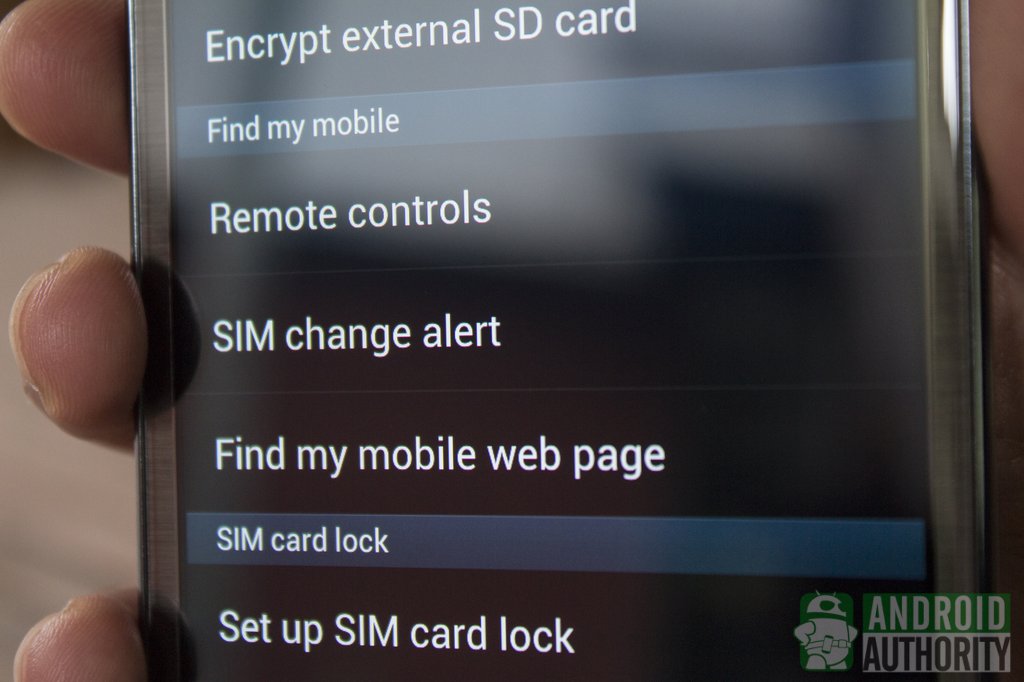
Samsung’s Find My Mobile
If you’re a Samsung phone owner, a built-in feature called Find My Mobile can be of great use in trying to recover your Android phone. This one’s a Samsung-exclusive add-on feature that lets you lock your lost phone and/or wipe your lost phone’s data remotely. You can also view your phone’s location and track its movement and whereabouts within the last 12 hours.
Through the Find My Mobile website, you can also remotely ring your phone, lock or unlock your phone’s screen, retrieve call logs, and forward messages and calls to a number that you specify.
You can find the Find My Mobile feature by going to Settings > Security > Find My Mobile. For this feature to work, you’ll need to sign in to your Samsung account. Mobile data also needs to be activated on your phone. The feature can be a great time-saver when trying to recover your Android phone.
Mobile security and tracking apps
If you don’t have the Find My Mobile feature on your non-Samsung phone, it’s not yet the end of the world for you. You still have several alternative apps on the Google Play Store for tracking and recovering your lost phone, or even of remotely wiping your phone data.
The important thing to remember about these apps is that you need to install them RIGHT NOW, while your phone is still with you. Choose one that suits your needs best and install it today, BEFORE YOU LOSE YOUR PHONE.
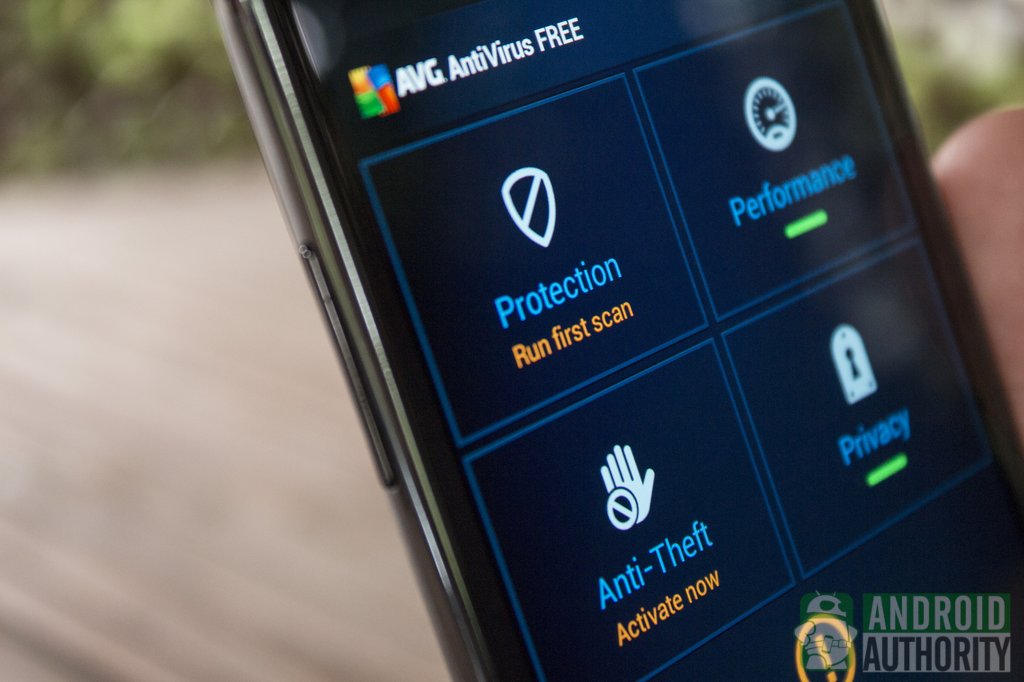
Antivirus Security – FREE
When looking for an Android app to help you recover your lost phone, one of the first apps that you can look into is AVG’s Antivirus Security – FREE app. Aside from protection against viruses and malware, you’ll benefit from AVG’s Anti-Theft feature, which can help you locate your missing phone.
To use the Anti-Theft service, you need to create an AVG account; you can use your Google account to sign up. The Anti-Theft feature is used in conjunction with its web console at www.avgmobilation.com, through which you can remotely manage your phone and send commands to be executed on your phone, including the following:
- “shout” or setting off a loud alarm,
- showing the device’s approximate location on Google Maps,
- locking down the device and showing a custom lock screen message to help the finder return the device to you,
- unlocking the screen,
- wiping all data stored on the phone and reformatting the microSD card, and
- scanning the phone for possible security threats.
For the above commands to be successfully received and executed by your phone, your phone’s mobile data connection must be active. Otherwise, the web console cannot communicate with your phone.
AVG SMS commands
If you forgot to turn on mobile data before your phone went MIA, what to do? AVG’s Anti-Theft service can still help through SMS-based commands. The SMS commands, though, work only if the phone’s SIM hasn’t been removed or replaced, and provided that the phone is powered on.
You will also need to know your phone’s AVG ID number beforehand. You can find your phone’s AVG ID number by logging in to the web console or by visiting the How to Use Anti-Theft page in the AVG app. Also take note of the commands, which are case-sensitive.
Using any phone, just send any of the following case-sensitive commands as an SMS message to your missing phone:
ScreamMyPhone <missing phone's AVG ID number>- Sets off a loud alarm even if the phone is on Silent Profile
LocateMyPhone <missing phone's AVG ID number>- To locate your phone; you will receive info about your phone’s approximate location
LockMyPhone <missing phone's AVG ID number>- Locks your phone
UnLockMyPhone <missing phone's AVG ID number>- Unlocks your phone
There is no SMS command for remotely wiping your data, so you will really have to use AVG’s web console to do so.
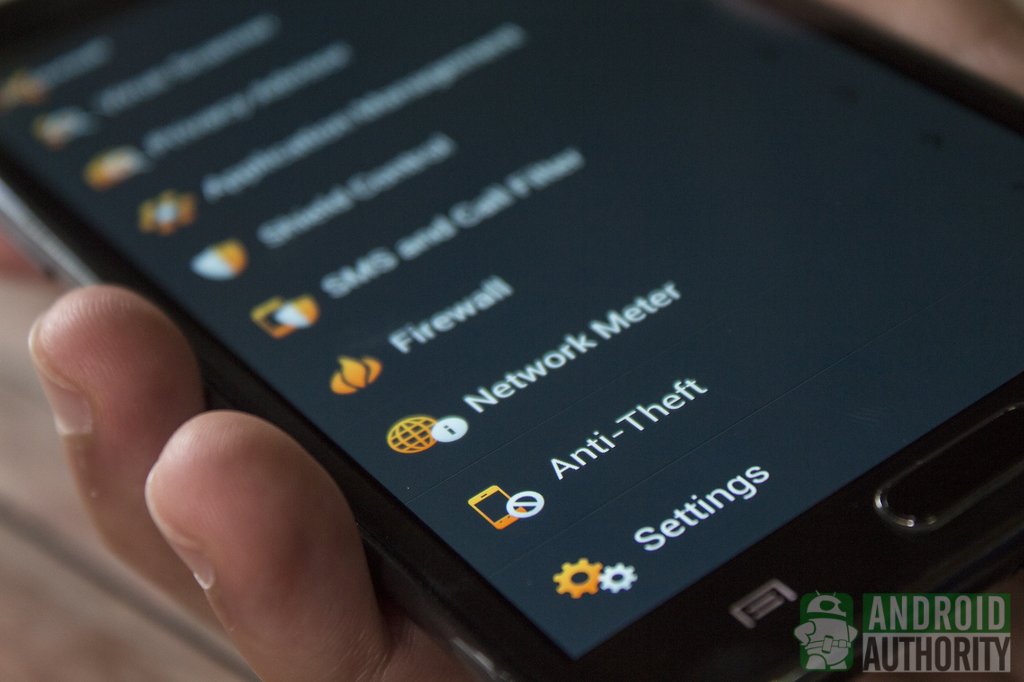
avast! Mobile Security
Another app that can help you recover your Android phone is the avast! Mobile Security app, primarily an anti-malware app that also includes an anti-theft feature. The anti-theft feature exists as an add-on module that you need to install from within the app.
In case of phone loss, you can execute commands remotely from a PC to your phone. Just go to your avast! account page, open the dropdown list of remote commands, and click Send. With avast!, you can mark your devices as lost, lock it, sound the siren, locate the device, erase data, and many more. Make sure to log-in to your avast! account on your device for remote commands to work.
avast! SMS commands
If the Web-based interface isn’t an option for you, you can still send remote commands via SMS through another phone. The message is comprised of the avast! PIN that you specified at setup time and the command in all uppercase. Here are some of the commands that you can remotely run on your phone via SMS:
- LOST
- FOUND
- LOCK
- UNLOCK
- MESSAGE
- SIREN [ON|OFF]
- LOCATE
- WIPE
- REBOOT
Compared to most other mobile security and phone finder apps with SMS remote command support, avast! Mobile Security has the longest list of SMS commands that I have ever seen. There are actually more commands (see the full list in Anti-Theft > Help, System State, About > SMS Commands) such as those for setting the LOCATE interval, forwarding calls and SMS, receiving call notification alerts, getting SMS and contacts, setting owner info, setting a new avast! PIN, and several other advanced commands.
If the SIM card on your lost phone is removed or changed — which almost always happens in the case of theft — avast! Mobile Security will send a notification to the phone number saved in the app. Once the original SIM card is removed and changed with another one, the app will automatically enable Wi-Fi, GPS, and Mobile Data so that the app can carry out its tracking duties and, hopefully, pinpoint exactly where the phone is. The Settings menu of the phone can’t be accessed as well, preventing changes to be done on the phone.
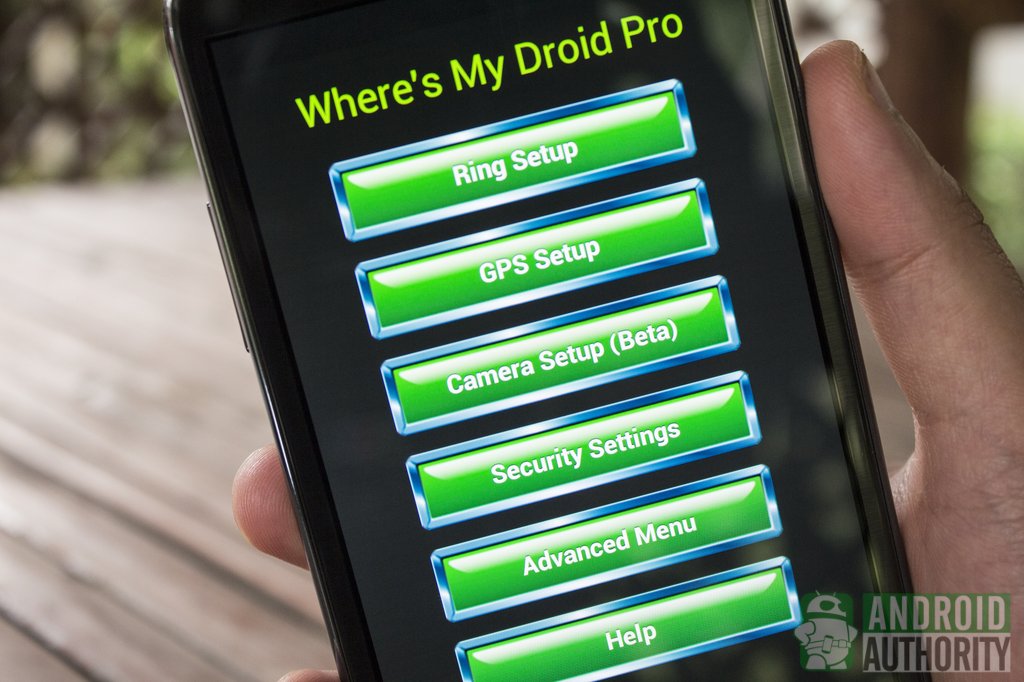
Where’s My Droid
The Where’s My Droid app is a free, ad-supported device locator. It can help you find your missing phone through the use of SMS commands. Unlike other mobile tracker and locator apps, this one doesn’t need you to register for an account to be able to remotely manage your lost phone.
Alienman Tech, the developer of the app, has also provided a website where you can send remote commands to your lost phone. Just enter your phone’s mobile number and choose its mobile operator from a drop down menu on the website, www.wheresmydroid.com.
Commands are called “attention words”. Here are some examples of SMS commands that you can send to your missing phone through another phone:
WMD Ring- Available in free version. Forces the phone to ring even if it’s on Silent or Vibrate Mode.
WMD GPS- Available in free version. Allows you to find the phone’s location using another phone or by using the website. Phone’s GPS should already be turned on so the app can report the phone’s location through SMS.
WMD Camera Back- Available in paid version. Takes a photo using the the phone’s back camera and uploads it to a server. The app will text back a URL to the photo.
WMD Camera Front- Available in paid version. Does the same thing as previous command, but uses the front camera.
WMD Lock nnnn- Available in paid version. Locks the phone from unauthorized use with a four-digit PIN.
WMD Unlock- Available in paid version. Unlocks the phone, bypassing the specified PIN.
WMD Wipe- Available in paid version. Wipes your device and/or SD card data, depending on your settings.
The attention words are also customizable. So, change the command “WMD Ring” into anything that you fancy, such as “Scream” or maybe “Shout” and the latter new commands become the new attention words for that particular function. Just don’t forget the custom attention words that you set.
Upgrading to the app’s pro version brings in more features like taking photos using either the back or front camera, remotely locking your device, remotely wiping your phone and SD card data, and more. It also removes ads.
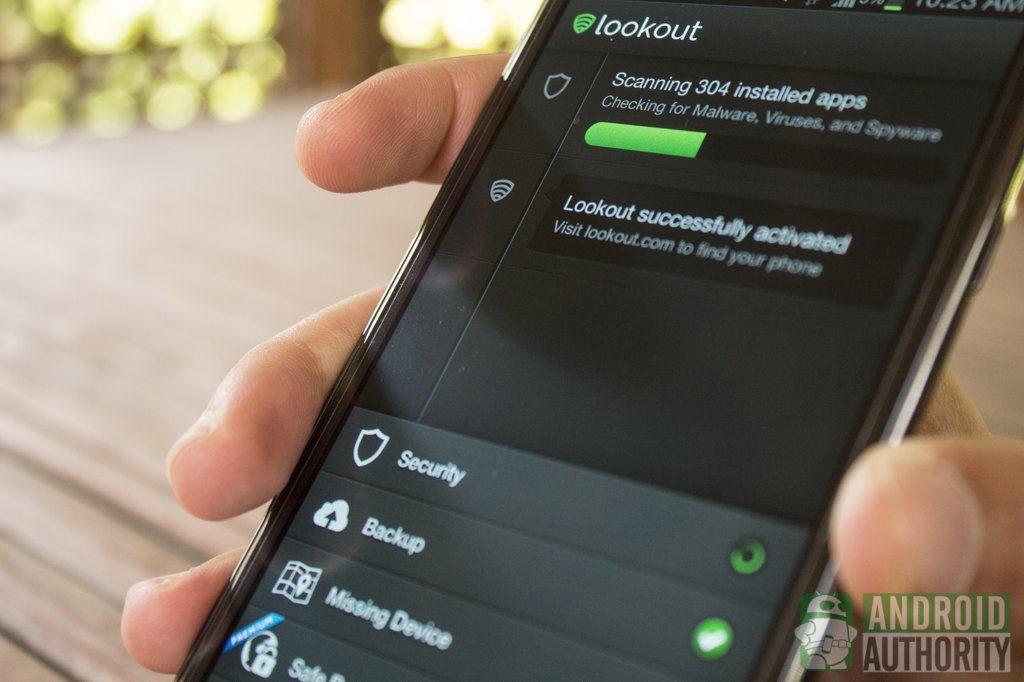
Lookout Security & Antivirus
The last — definitely not the least — mobile finder app that I recommend is the Lookout Security & Antivirus app. On top of being an effective shield against viruses and malware, it also safeguards your phone data and aids you in locating your lost or stolen phone.
For Android phones running on Android 2.2 to Android 2.3.7, you can use Lookout’s Plan B. This is the only phone tracking app that can be installed AFTER you’ve lost your phone. It doesn’t need to be installed beforehand. Sadly, Plan B only works on phones running the said Android versions. For phones running Android 4.0 or higher, you’ll have to make do with Lookout Security & Antivirus.
Just like the rest of the apps mentioned in this article, Lookout Security & Antivirus also has an online counterpart, www.lookout.com. With an account, you can remotely let your device “scream” even if its on silent, back up phone data, locate the phone, and more.
Lock Cam and Signal Flare
Two great things about Lookout Security & Antivirus is Lock Cam and Signal Flare. Signal Flare automatically saves your phone’s last known location to the Lookout server before the phone runs out of battery. Meanwhile, Lock Cam automatically and silently activates the front camera and takes a photo immediately after three failed attempts of unlocking the screen. The photo and the phone’s location are then sent to the phone owner’s email address.
If you want to be able to remotely lock your phone or completely wipe your phone data (e.g., messages, contacts, logins), you can do so in the premium version of the app. The paid version also lets you backup your photos and call logs; in the free version, you’ll be able to backup contacts only.
Video Guide
Know more about securing your Android phone and recovering your lost Android phone:
Conclusion
Never overlook preparedness. Definitely never overlook mobile security. Otherwise, you will be counted among the foolish who regret their oversight later when they could no longer retrieve their data or recover their Android phone anymore.
Ever experienced losing your phone? What was the experience like? How did you recover your Android phone? Share your experiences in the comments.
(with contributions from Alvin Ybañez and Elmer Montejo)